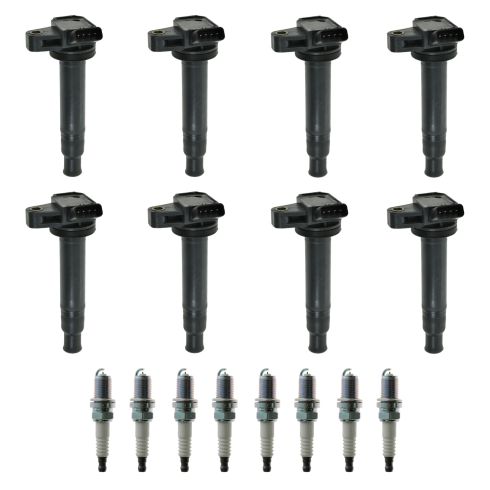1AERK00791-Toyota Lexus 16 Piece Ignition Kit DIY Solutions IGN01277

Replaces
2009 Lexus SC430 16 Piece Ignition Kit DIY Solutions IGN01277

Product Reviews
Loading reviews
5.00/ 5.0
8
8 reviews
One of the best services i got
January 1, 2021
reliable, fats (i receive my parts before the day stated) and very helpful customer service. 10/10 i would shop here again.
Satisfied customer
January 19, 2021
I work from 1A Auto for the first time. Had such a great experience that I will definitely be back. Good products great prices in awesome customer service.
Worked well on 2000 Toyota Land Cruiser
July 20, 2021
Not Denso but worked like a charm. NGK plugs were gapped, coil packs dropped in. Shipping was reasonably fast, all good! Would be great if this kit had a packet of dialectic grease and some anti seize for the plugs. Thanks
Excellent
January 11, 2022
Worked great, good parts, good company
Fixed my misfire
April 17, 2022
So far so good, this fixed a mid-fire issue on my 02 Tundra 4.7.
The misfire started intermittently on long uphill stretches of highway. A few weeks later one of the coils failed completely and I decided to replace them all.
Since replacement the truck has been very smooth and no more misfires
Excellent
May 7, 2022
Very happy with price and fast shipping...parts work as they should..happy customer here.
June 26, 2022
Good price perfect fit fixed my truck
December 22, 2022
With the help of your video it made changing out the ignition coils and spark plugs a snap. Thanks for the products and video.
Customer Q&A
What size socket do I need for the spark plugs?
January 18, 2022
10
That specification is not listed or available. Our parts are exact replacements for your vehicle's OEM parts. As long as your year, make, and model match up with our listing, these parts will directly fit and function like the originals.
January 18, 2022
Jessica D
Lexus is a registered trademark of Toyota Motor Corporation. 1A Auto is not affiliated with or sponsored by Lexus or Toyota Motor Corporation.
See all trademarks.







